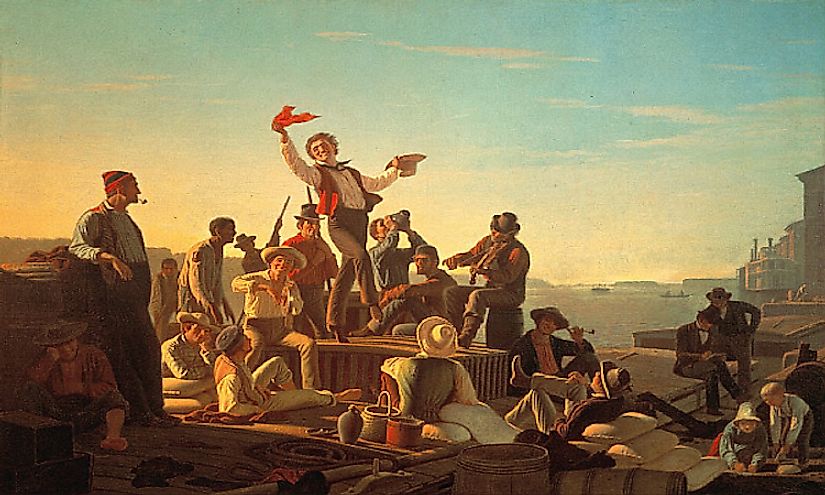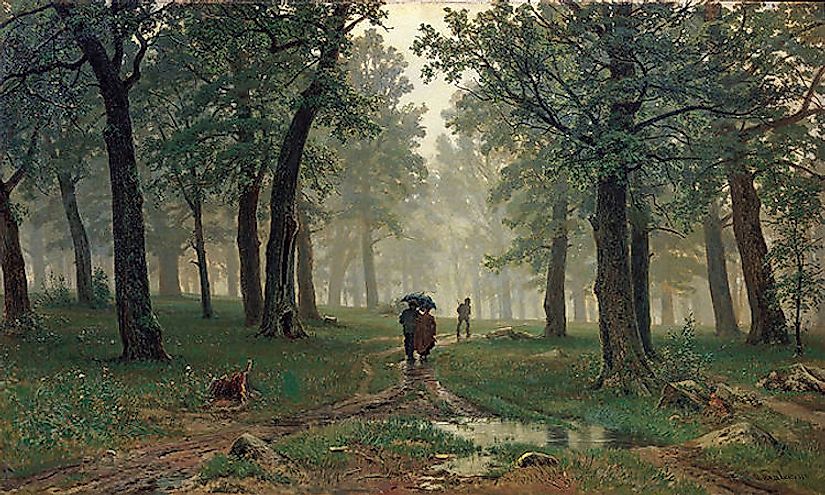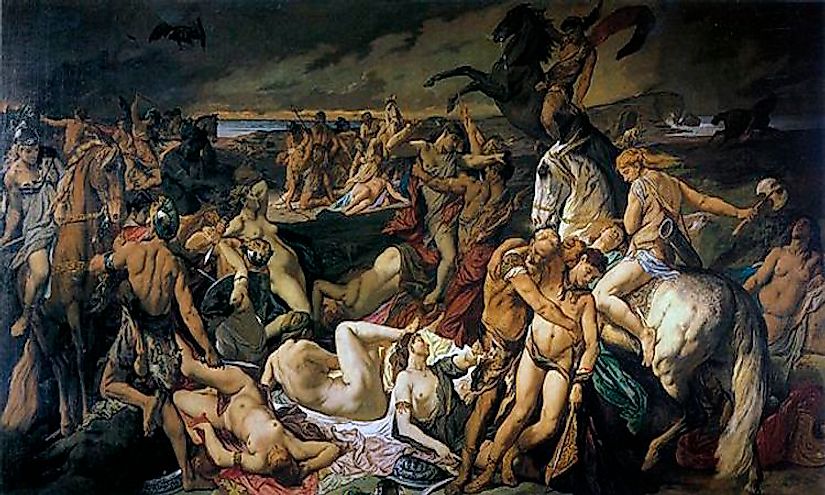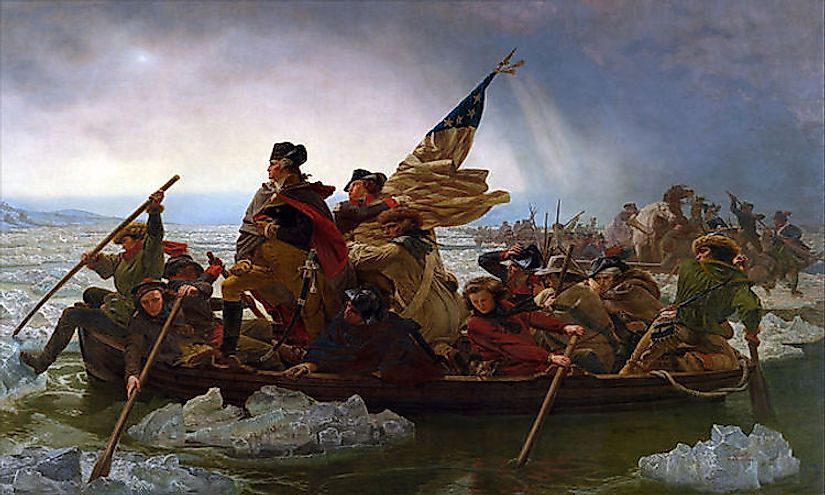What Was The Dusseldorf School Of Painting?

5. Overview of the Style -

The style of the Dusseldorf School of painting is distinguished by its finely detailed, extravagant and fanciful landscapes that usually have some kind of religious or symbolic stories depicted via these landscapes. The leading artists and members of the style supported plain air painting, meaning that the artists painted outdoors in order to get and remake more accurate visual conditions in their work. These leading artists also leaned towards using a palette with colors that were more even and comparatively subdued.
4. History and Development -

The Dusseldorf School of painting is an early to mid-century art movement that took place in Germany at the Dusseldorf Academy, which is now called the Kunstakademie Dusseldorf, located in the city of Dusseldorf. The prime period of the Dusseldorf School of painting refers to the painters who taught or studied at the Dusseldorf Academy from 1826 to 1859 when German painter Friedrich Wilhelm von Schadow (1789-1862) was the school's director.
The Dusseldorf School was part of the German Romantic movement, which lasted from the end of the 1700s until the middle of the 1800s, although by the latter part it had grown out of it and became its own movement. The Dusseldorf School of painting started after 1819 when von Schadow was made professor at the Berlin Academy of Arts and started to develop paintings for churches, as well as gained disciples due to his skill and training methods. After he became the director of the Dusseldorf Academy he had the Academy focus on Christian art and by 1837 he had his best students adorn the chapel of St. Apollinaris in Remagen with frescoes, which led von Schadow to heap praise on them as masters of the spiritual side of the Dusseldorf School of painting. By the middle of the 1850s conflict was brewing in the Dusseldorf School of painting between von Schadow's spiritual and priestly style and the naturalism style that was struggling against him, which ended up resulting in von Schadow being driven out as director in 1859.
3. Notable Artists and their Works -

This section will touch on just a few of the notable artists of the Dusseldorf School of painting and their notable works, starting with Andreas Achenbach (1815-1910). Achenbach was a German landscape painter that was at the Dusseldorf Academy from almost the start of Friedrich Wilhelm von Schadow's tenure as director, beginning his education there in 1827. He then traveled to St. Petersburg, Italy, the Netherlands and Scandinavia to study before going back to Munich in 1835 where he would eventually found a new painting school. He has been regarded as the father of German landscape painting in the 1800s. Many of his works are in galleries throughout Germany and also in the United States. Some of his notable paintings include the 1831 'The old Academie of Düsseldorf' and his 1847 painting 'Clearing Up—Coast of Sicily'. '
Emanuel Leutze (1816-68) was a German-American painter of historical events. Leutze first learned art by taking classes offered by John Rubens Smith (1775-1849) in Philadelphia in 1834 and by 1840 his work had gained enough attention that he was able to go to Europe and study at the Dusseldorf Academy. After studying at the Academy for two years, he went to visit, study and paint in Munich, Venice and Rome for three years before returning to Dusseldorf where he lived until 1859. During this time he was President of the Dusseldorf Artists' Association, helped fellow American artists in the city, and also helped to found the first National Profession Association for the visual arts in the country. He then returned to America where he spent the rest of his life in New York or Washington D.C. and was a member of the National Academy of Design. His 1842 painting "Columbus in Chains" won him the gold medal at the Brussels Art Exhibition. His most famous works, which cover American history, are his iconic 1851 painting called 'Washington Crossing the Delaware' and his 1860 'Westward the Course of Empire Takes Its Way' which he was commissioned to decorate the stairway in the Capitol Building.
2. Decline and Subsequent Successive Movements -
Following the removal of Friedrich Wilhelm von Schadow and the split in the Dusseldorf School of painting, there was a slow decline over the latter half of the 1800s. During this time there were many competing styles of art across Europe and in Germany. New schools of art, like the German realistic school founded by the aforementioned Andreas Achenbach, came into being with a different focus to them. German Realism, as one example, focused on capturing everyday life, in a realistic style. Eventually, the great change that took place in the art would alter the art world and lead to the end of the Dusseldorf School of painting. In the start of the Modern Art era in the 1860s, art movements of Cubism, Dadaism, and Surrealism became more prominent.
1. Legacy -
The Dusseldorf School had a major influence on the American Hudson River School art movement, which was founded by American artist Thomas Cole (1801-48) in 1825 and lasted until the tail end of the 1800s. This is due to the fact that the Dusseldorf Academy became international renowned and had many foreign students, especially Americans, Russians and people from the Scandinavian countries, came to the school to study the genre and learn landscape painting. Many of the second generation Americans in the Hudson River School, like Richard Caton, Worthington Whittredge, George Caleb Bingham and David Edward Cronin studied and were influenced at the Academy and by the Dusseldorf School of painting.











